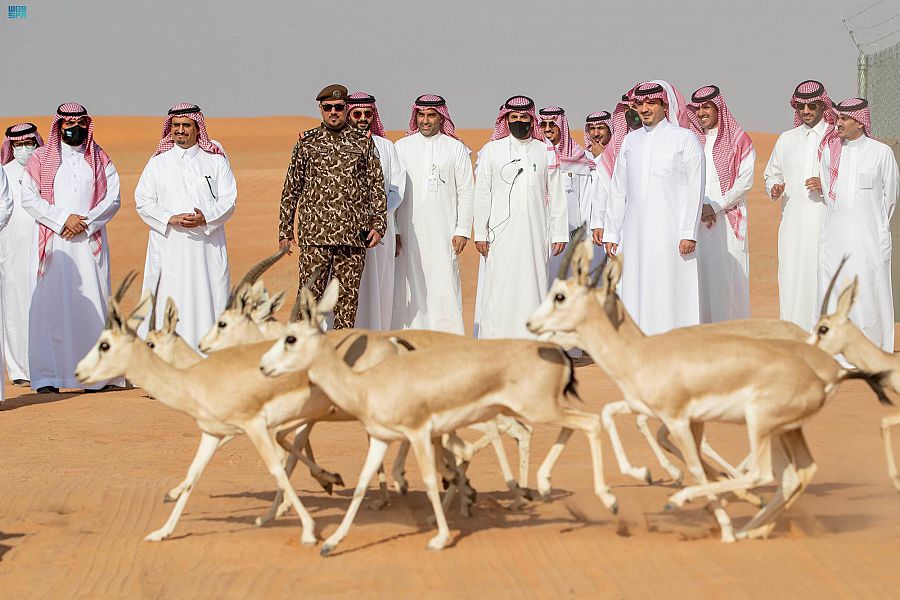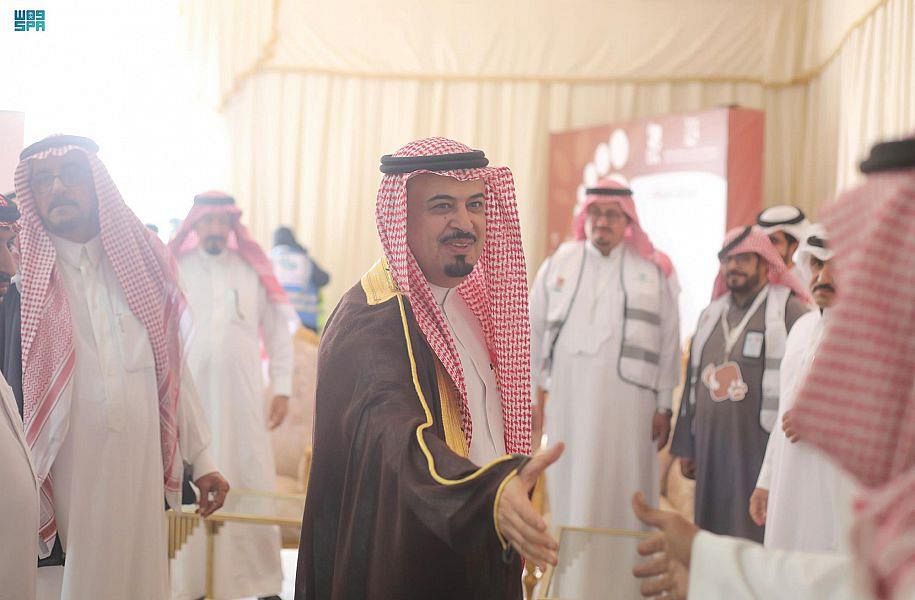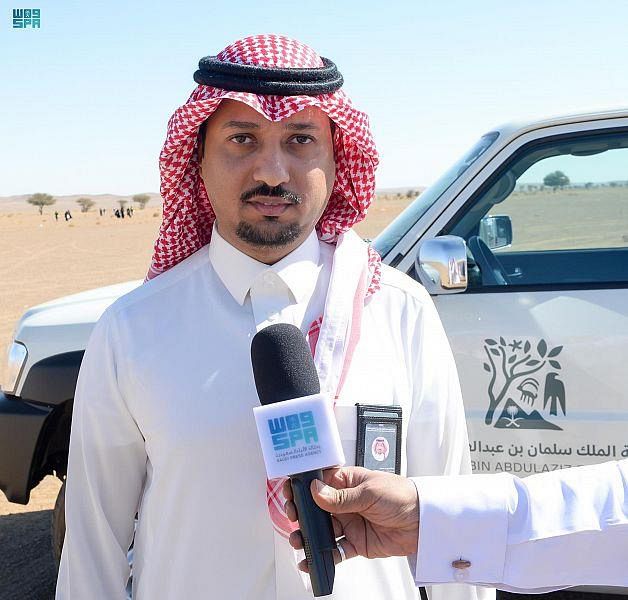
King Salman Bin Abdulaziz Royal Reserve has spotted a large number of nesting sites for the Griffon Vulture bird on its territory.
It is one of the most important observation recordings in the Middle East, where the Griffon Vulture is considered a threatened species and its numbers are significantly declining in the Arabian Peninsula (Birds of Saudi Arabia).
The Griffon Vulture, however, is globally not threatened, according to the classification of the Red List of the International Union for the Conservation of Nature (IUCN).
The Griffon Vulture resides in the center and south of the Kingdom, and is the second largest Vulture after Lappet-faced Vulture, with a length of 150-90 cm, the wingspan 255-220 cm, weighing 11,000-6000 grams, nesting in cliffs, rock cracks, caves.
The bird builds a nest of dry branches, foliage and grass, and plays a major role in maintaining the integrity of the ecosystem through its collective feeding of up to 15 individuals flying long distances, to gather with a collective signal on the bodies of dead animals such as camels, sheep, goats, wails, and deer, such that it prevents the spread of diseases and infections from them.
The Griffon Vulture breeds collectively and in colonies, after the fourth year of its life, to lay one egg with its edict each year. Each parent takes care of the chick in a custody period of 54-48 days, and couples remain in the nesting area for approximately six months, between 110 and 115 days.
The efforts of the King Salman Bin Abdulaziz Royal Reserve are focused on achieving sustainable environmental balance by protecting biodiversity, particularly endangered species, as the reserve creates an incubator environment for Griffon Vulture couples.
It also ensures their continuous presence and reproduction, by activating permanent site protection programs: satellite monitoring and assessment programs; to track and monitor the size, behavior of society, feeding areas, proliferation and action to protect them from threats: Such as hunting, collision, secondary poisoning, and electrocution. — SPA












